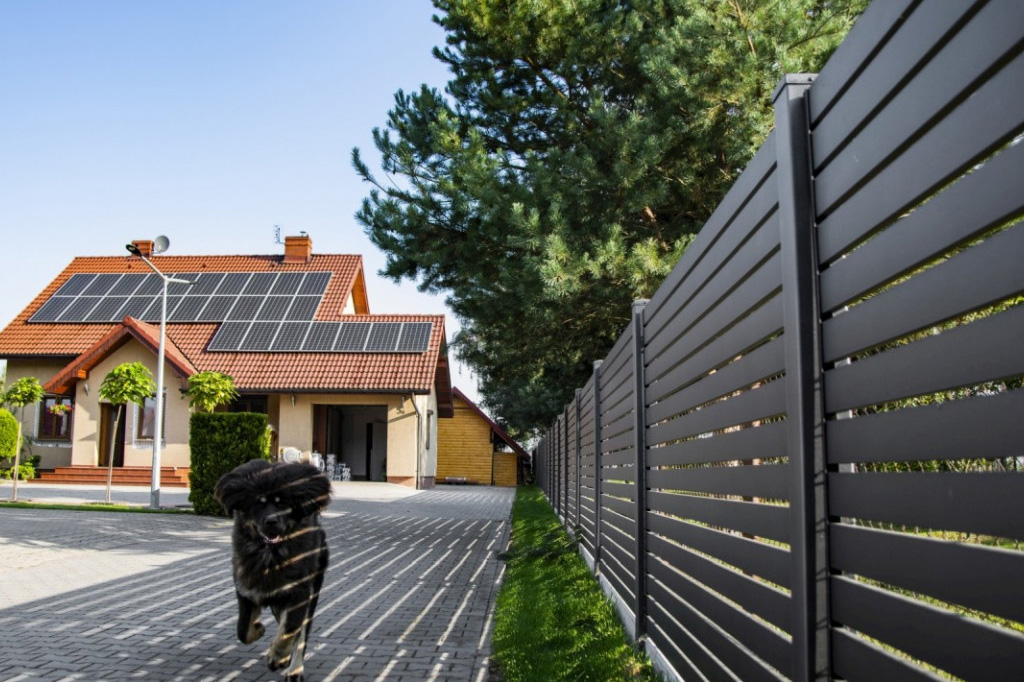
Fencing without a foundation is an excellent way to define property boundaries, set up temporary (construction) fencing, or reduce costs. Learn how to easily create a durable and lasting fence that doesn’t require a foundation.
Firstly, it’s important to note that fencing without a foundation may not be suitable for all situations. If you have uneven terrain, varying degrees of slope, unstable ground, engage in animal husbandry, or have a dog that likes to dig, opt for a strong fence with foundations. In other cases, you can consider a fence without foundations. This solution is particularly recommended during the initial phase of building a house when (according to regulations) it’s necessary to enclose the property but you don’t want to spend a fortune on temporary fencing.
Temporary Fence Without a Foundation
Every plot prepared for building a house should be enclosed according to regulations, often with a temporary fence. This fence isn’t permanent, and its placement may even differ from the eventual fencing layout (e.g., outlining driveways, parking areas, paving, etc.).
Importantly, you don’t need to install a temporary fence on foundations. A temporary fence can be made from lightweight materials. For instance, you can use metal panels and tubular posts. However, ensure that the posts are embedded in the ground for stability.
Mesh can also be used for temporary “fences.” As posts, you can use wooden stakes with pointed ends driven into the ground.
Permanent Fence Without a Foundation
There are cases where property owners want to erect a fence without foundations due to its decorative nature or to reduce costs. While a fence without underground support might seem unstable at first glance, it’s not necessarily the case. For fences without foundations, structural metal panels are often used, reinforced by embedded support posts. Steel and its hues are currently in vogue, adding a designer touch to the fence.
For large properties (e.g., with woods or an orchard), a traditional wire mesh fence or one made of metal panels can also be used. Digging foundations on several hectares of land may be impractical, and this solution works remarkably well.
You can also raise a palisade fence without foundations. Simply order specially prepared panels and use embedded posts (matching in color, weight, and material) as supports. The result will be elegant, and the structure will provide stability to your fence.
Alternatively, if you prefer more concealed designs, you can build a block fence. Elements made from various materials (typically plaster forms) are joined with a special adhesive. The entire fence should also be reinforced by posts embedded in the ground, but this doesn’t require digging foundations throughout the entire property.
Benefits of Foundationless Fencing
A fence with foundations might not always be the right choice for you. Therefore, before you start building a fence, weigh the pros and cons. It’s worth considering a foundationless fence as it offers several advantages:
- Lower construction costs
- Easy disassembly and relocation to another location
- Simple design, requiring minimal effort
- Quickly enclose a specific area within the property
- Cost-effective property division (e.g., when there are two residential houses on the plot).